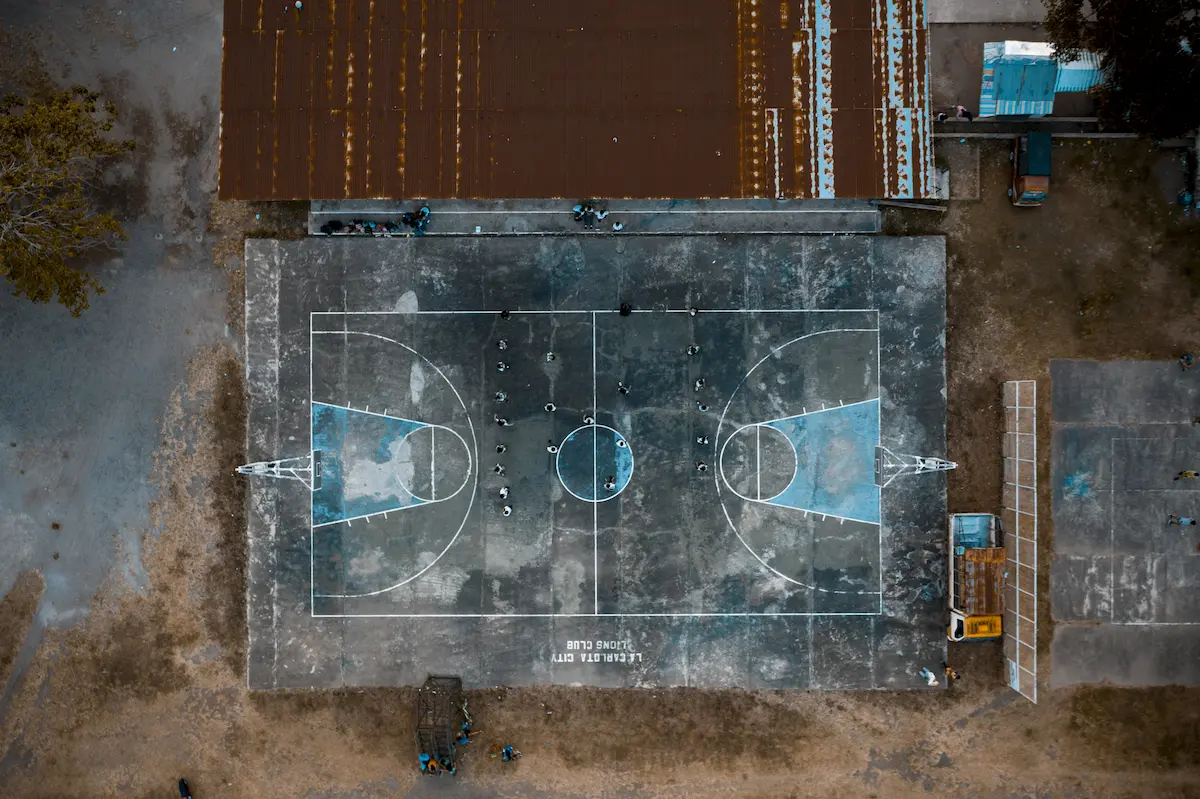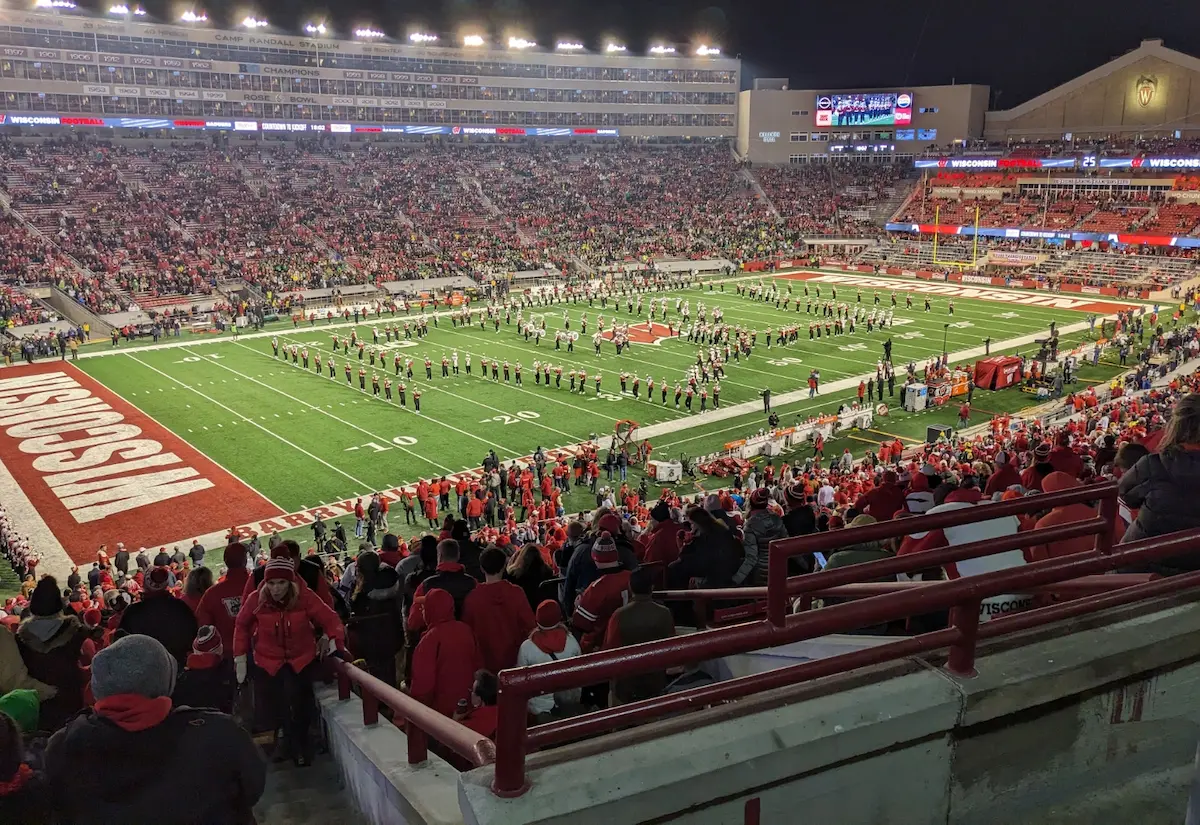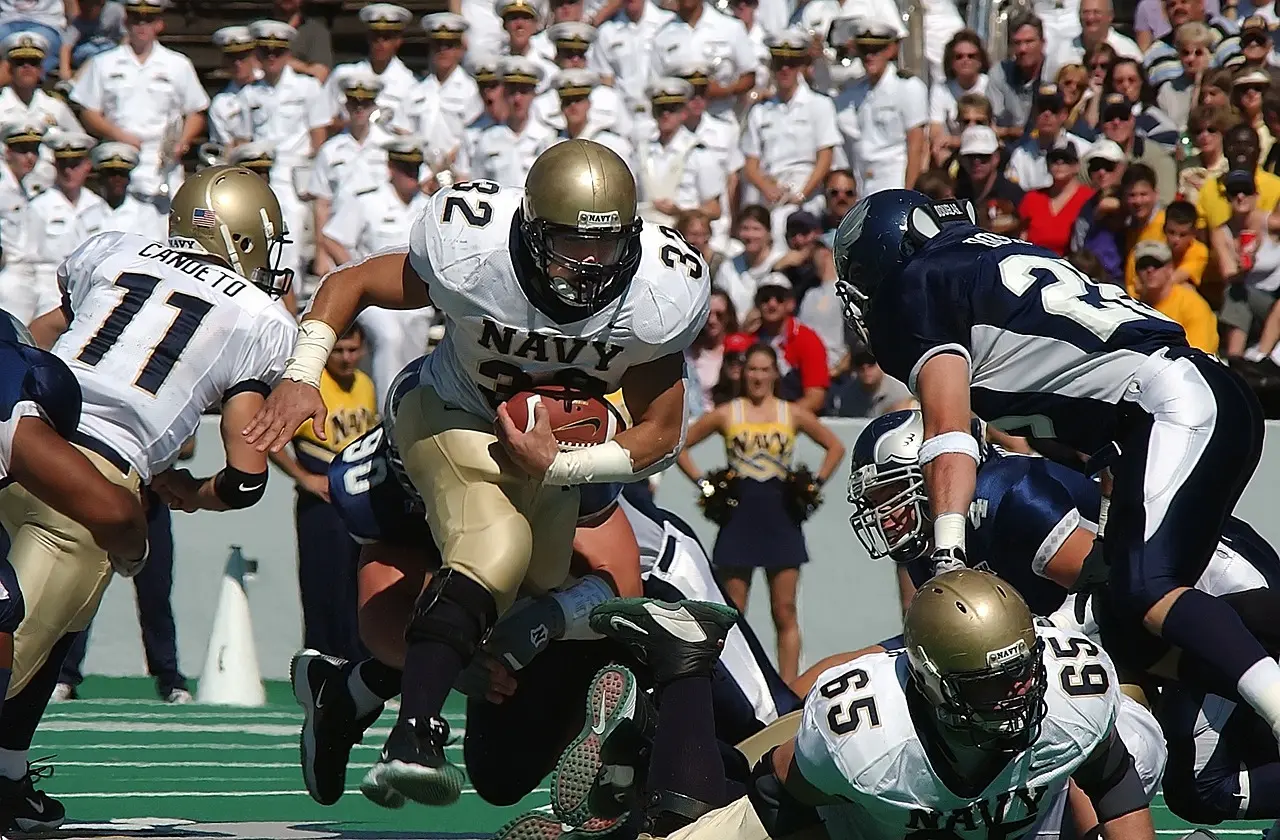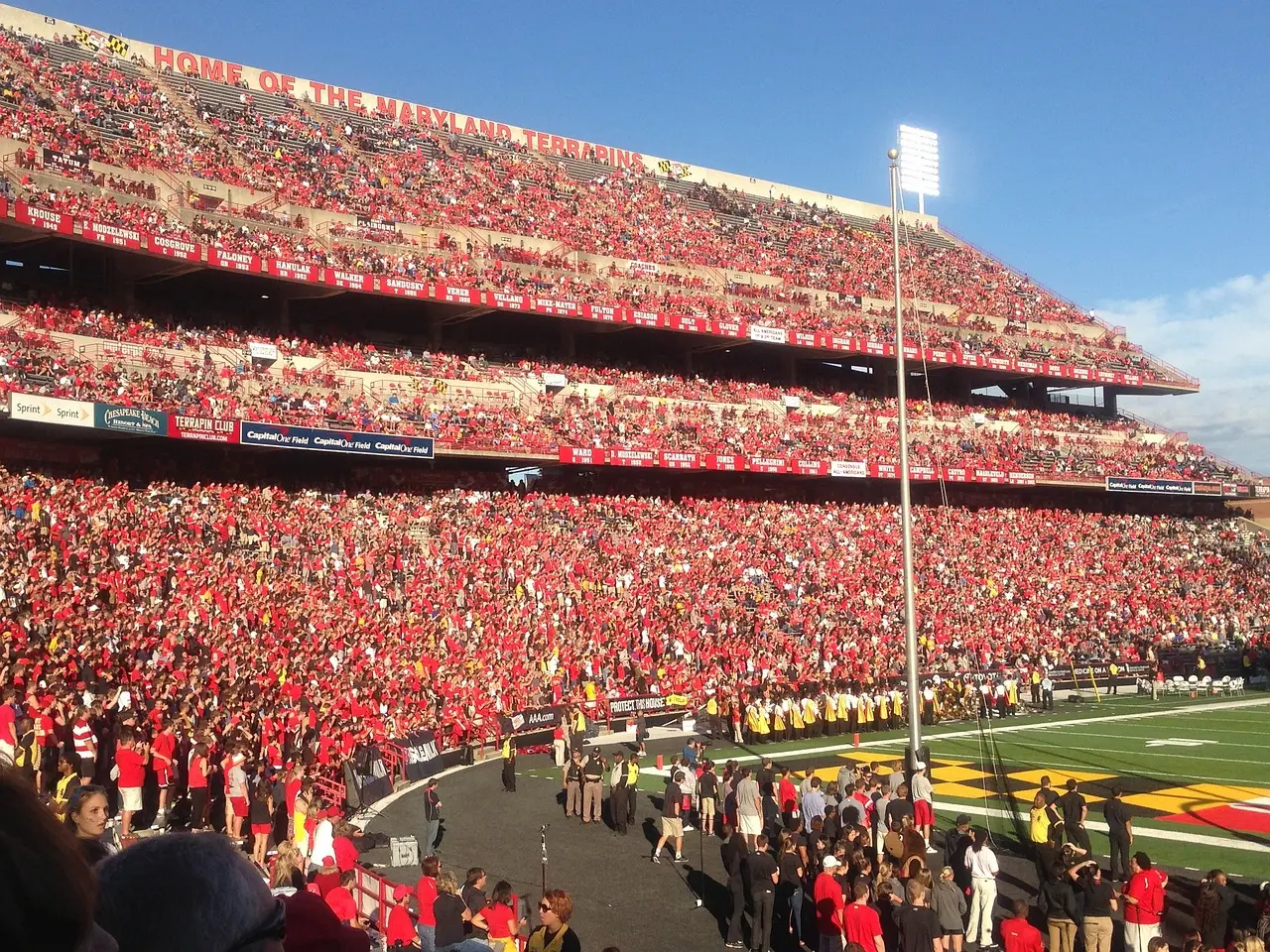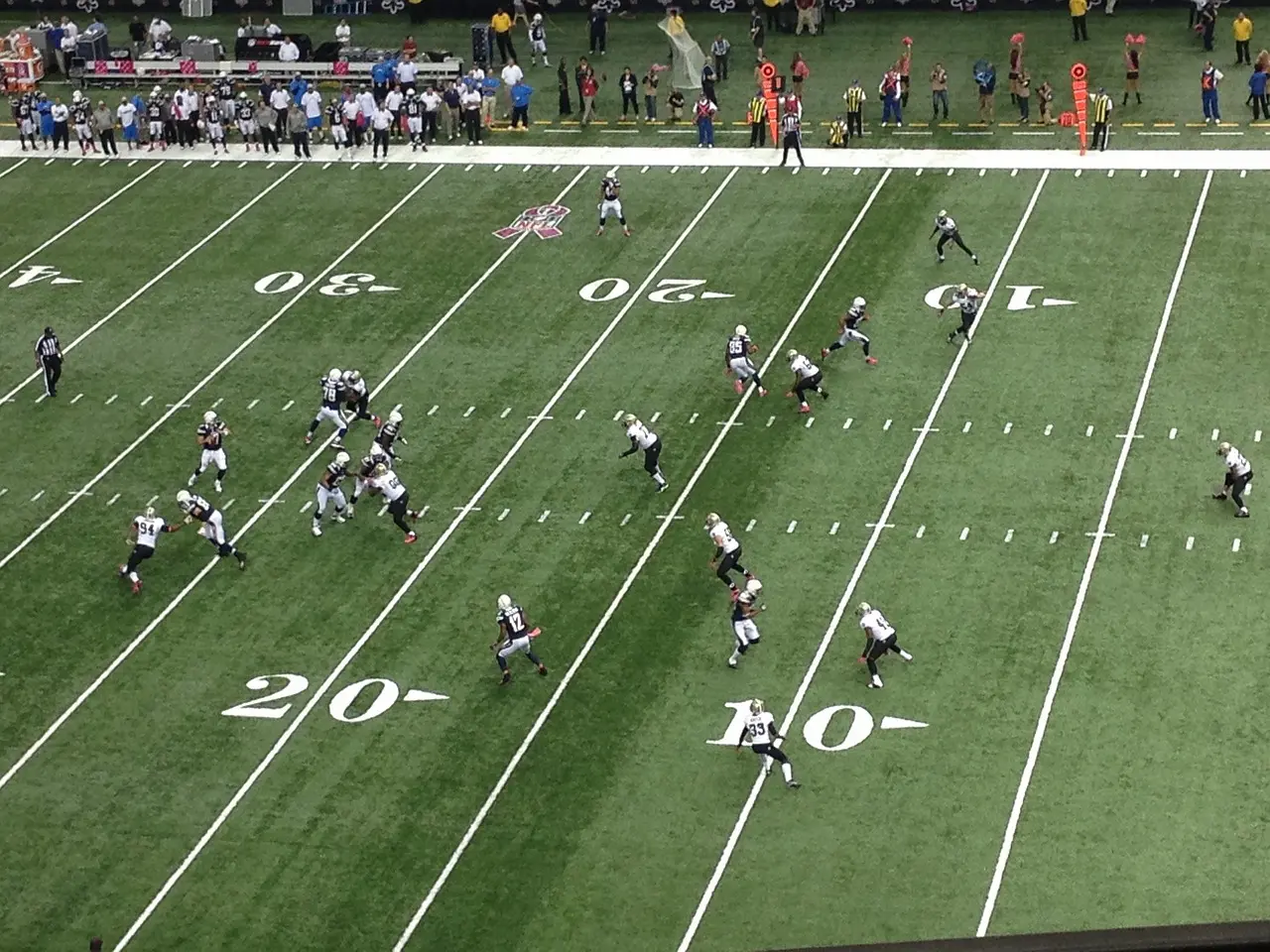In-season tournaments and challenges have become increasingly popular in college basketball, offering teams opportunities to refine their skills, experience postseason-like atmospheres, and address scheduling challenges. Recently, I had the opportunity to cover the Cream City Challenge, held at the historic UW-Milwaukee Panthers Arena. Formerly known as The MECCA, this venue boasts a storied basketball history, having served as home court for the Milwaukee Hawks, Milwaukee Bucks, and the national champion Marquette Warriors. The arena gained fame for its vibrant court, once painted by artist Robert Indiana, and the untucked jerseys worn by the Warriors during their championship season—designed by Bo Ellis and featured in ESPN's 30 for 30 documentary Untucked. These iconic elements cement the arena's place as a revered landmark in basketball history.
The Cream City Challenge stood out for its round-robin format, where four teams competed over three days, each playing three games. The Milwaukee Panthers dominated, winning all their games, while the other teams finished with a 1-2 record. While attendance did not meet expectations, the event demonstrated the potential of such challenges, particularly when hosted in venues with rich histories capable of evoking nostalgia and enthusiasm.
Events like these have the power to reshape nonconference play in college basketball. They offer a practical way to balance competitive preparation with logistical efficiency, particularly through the use of regional matchups. With geographically close teams, travel time and expenses are reduced—benefits that conferences could also embrace to minimize travel demands on their teams. Furthermore, regional challenges strengthen rivalries and boost community engagement by drawing local fans and fostering a sense of pride.
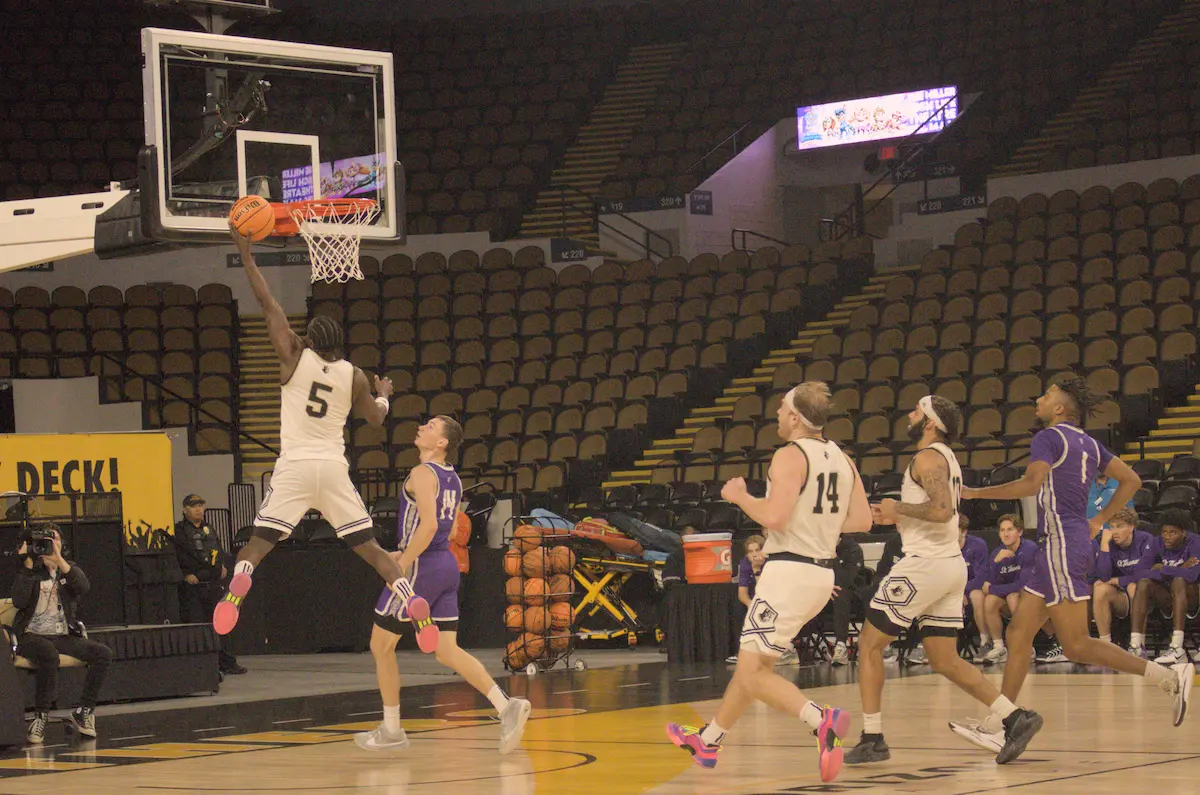

One unique aspect of the Cream City Challenge was its focus on featuring teams with ties to Wisconsin. Schools with multiple players from the state were prioritized, fostering regional pride and familiarity. With Wisconsin having just four Division I basketball programs—Green Bay, Milwaukee, Marquette, and UW-Madison—a future event showcasing all four teams could generate significant local excitement and draw larger crowds.
Beyond logistical advantages, these challenges provide a postseason-like atmosphere during the regular season. They allow teams to test strategies and adapt to the intensity of playing multiple games in quick succession, mimicking the demands of tournaments like the NCAA or NIT. The structure also addresses scheduling difficulties, offering teams guaranteed games in a competitive environment. For those facing attendance challenges, events like this offer an excellent opportunity to energize local communities and generate buzz.
As college basketball evolves, innovative events like the Cream City Challenge could lead the way in creating meaningful and memorable experiences for teams and fans alike. By embracing regional challenges, programs can inspire excitement, deepen local connections, and prepare for postseason success—all while preserving resources and time. The success of these events points to a promising future, where tournaments and challenges become staples of the regular season, bringing the spirit of competition to new heights.

